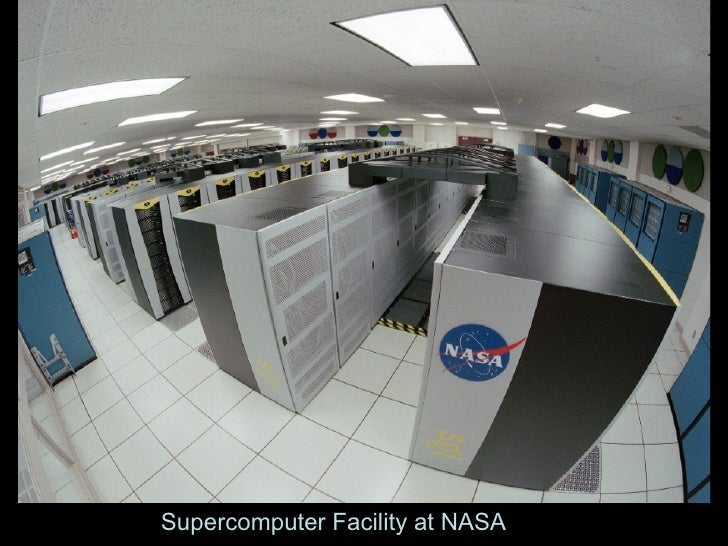
This is an attractive mechanism to explain not only the presence of isolated dwarf galaxies away from galaxy clusters with particularly low hydrogen abundance to stellar mass ratio, but also the compression of gas in the centre of a dwarf galaxy and the subsequent reignition of star formation. Although the typical overdensity within the cosmic web is significantly lower than that found in the environment of galaxy clusters, the high relative speed between a dwarf and the cosmic web renders ram pressure efficient. More recently, it has been shown that ram pressure can also lead to the removal of gas in isolated dwarf galaxies that plunge through the cosmic web (the so-called cosmic web stripping process). Increased Hα emission, a sign of star formation, corresponds to the compressed CO region, suggesting that star formation may be accelerated, at least temporarily, while ram pressure stripping of neutral hydrogen is ongoing. Recent radio observation of carbon monoxide (CO) emission from three galaxies ( NGC 4330, NGC 4402, and NGC 4522) in the Virgo cluster point to the molecular gas not being stripped but instead being compressed by the ram pressure. Spiral galaxies that have fallen at least to the core of both the Virgo and Coma clusters have had their gas (neutral hydrogen) depleted in this way and simulations suggest that this process can happen relatively quickly, with 100% depletion occurring in 100 million years to a more gradual few billion years. As galaxies fall toward the center of a cluster, more and more of their gas is stripped out, including the cool, denser gas that is the source of continued star formation. Ram pressure stripping is thought to have profound effects on the evolution of galaxies. These ram pressure stripped galaxies will often have a large trailing tail and because of this they are commonly called "Jellyfish galaxies." Evidence of this ram pressure stripping can be seen in the image of NGC 4402.

This pressure can strip gas out of the galaxy where, essentially, the gas is gravitationally bound to the galaxy less strongly than the force from the intracluster medium 'wind' due to the ram pressure. P ram = ρ u i u j the speed of the galaxy relative to the medium. It causes a drag force to be exerted on the body. Ram pressure is a pressure exerted on a body moving through a fluid medium, caused by relative bulk motion of the fluid rather than random thermal motion. Note the dust (brown) trailing behind (toward upper right) the galaxy, versus the dust-free (blue-white) leading edge. Therefore, the observation of a galaxy's gas tail may be misleading about the galaxy's direction of motion.Ram pressure stripping in NGC 4402 as it falls towards the Virgo Supercluster (off image, toward bottom left). We demonstrate that the tail of gas stripped from the galaxy does not necessarily point in a direction opposite to the galaxy's direction of motion. A major difference between different inclinations is the degree of asymmetry introduced in the remaining gas disc.

We show that in non-edge-on geometries the stripping proceeds remarkably similar. For very strong ram pressures, the disc will be stripped completely, and for very weak ram pressures, mass loss is negligible independent of inclination. The inclination plays a role as long as the ram pressure is comparable to pressures in the galactic plane, which can span two orders of magnitude. We explain this behaviour by extending Gunn & Gott's estimate of the stripping radius, which is valid for face-on geometries, to moderate inclinations. In agreement with some previous works, we find that the inclination angle does not play a major role for the mass loss as long as the galaxy is not moving close to edge-on (inclination angle ≲60°). In this work we focus on a systematic study of the effect of the inclination angle between the direction of motion and the galaxy's rotation axis. But only a small fraction of galaxies is moving face-on. Studies of galaxies that move face-on have predicted that in such a geometry the galaxy can lose a substantial amount of its interstellar medium. We present three-dimensional (3D) hydrodynamical simulations of ram pressure stripping of massive disc galaxies in clusters.


 0 kommentar(er)
0 kommentar(er)
